 Last change: Monday, December 15, 2003 8:53 pm
Last change: Monday, December 15, 2003 8:53 pm
Unless otherwise expressly stated, all original material on this page created by Diomidis Spinellis is licensed under a Creative Commons Attribution-Share Alike 3.0 Greece License.
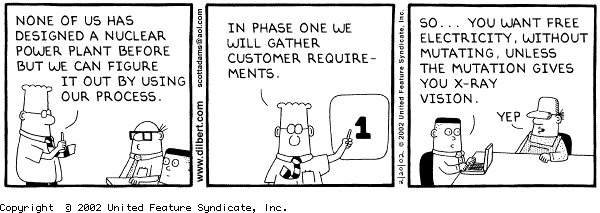
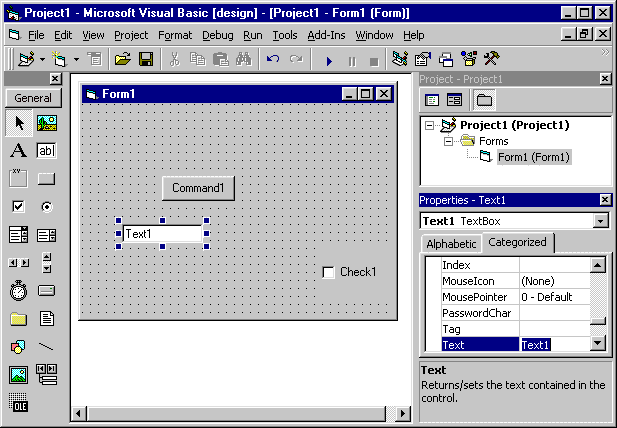
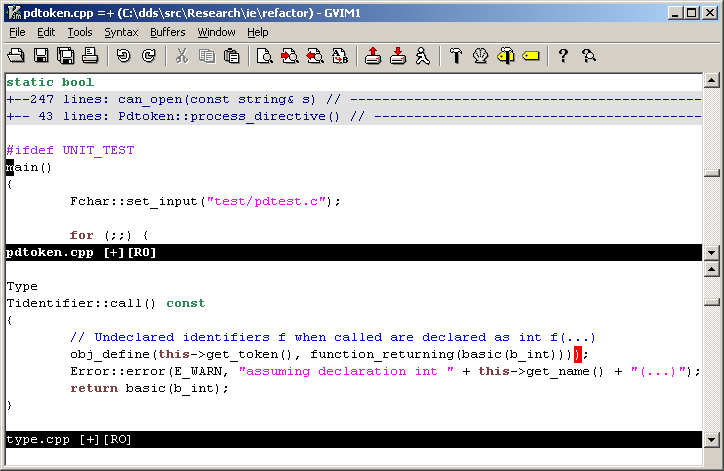
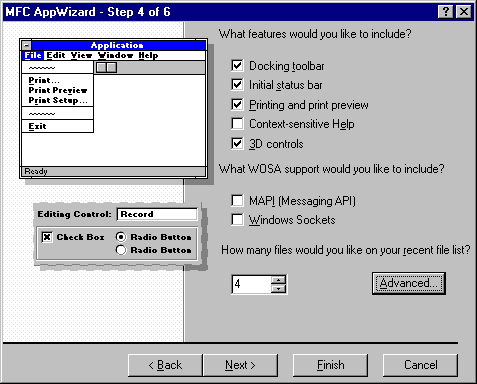
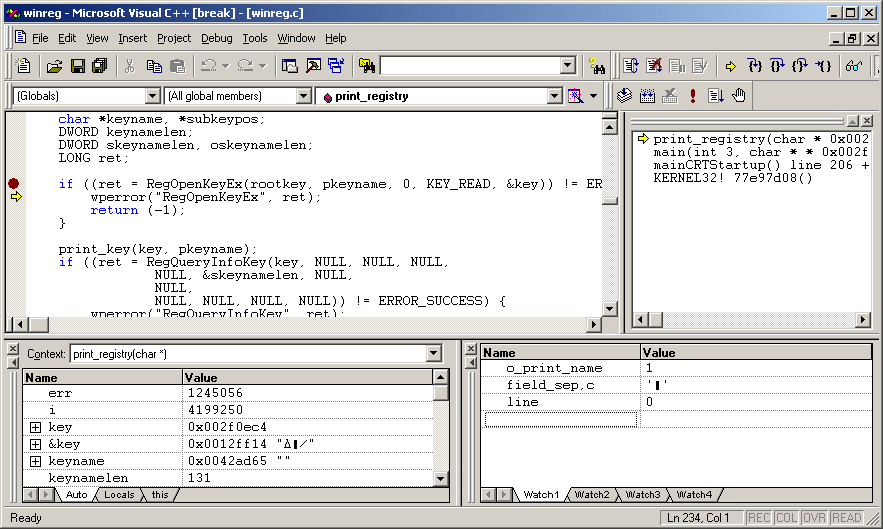
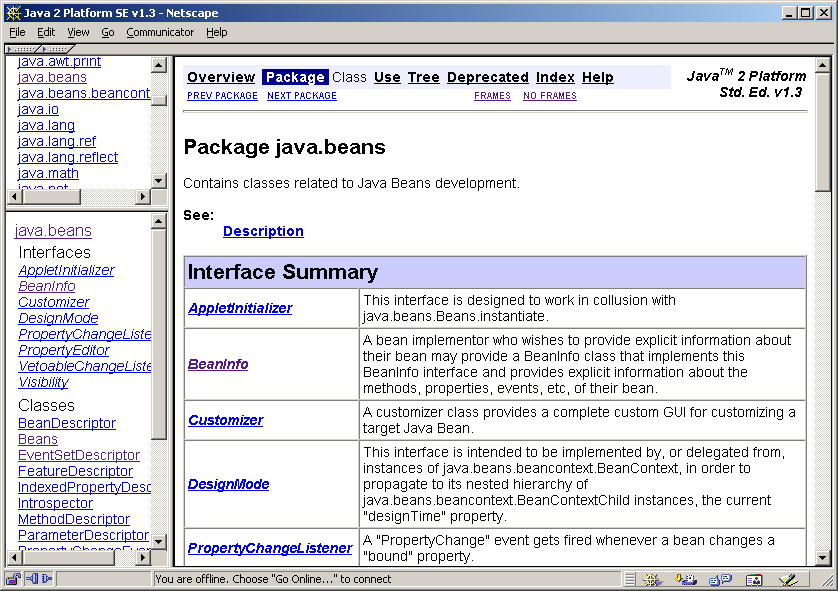
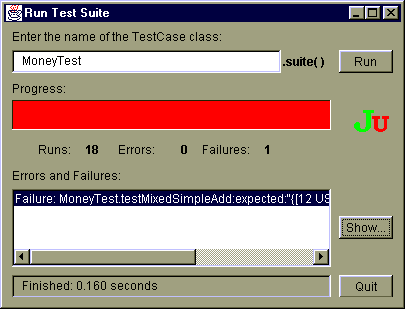
We are uncovering better ways of developing software by doing it and helping others do it. Through this work we have come to value:(From the Agile Manifesto web site (http://agilemanifesto.org/))That is, while there is value in the items on the right, we value the items on the left more.
- Individuals and interactions over processes and tools
- Working software over comprehensive documentation
- Customer collaboration over contract negotiation
- Responding to change over following a plan